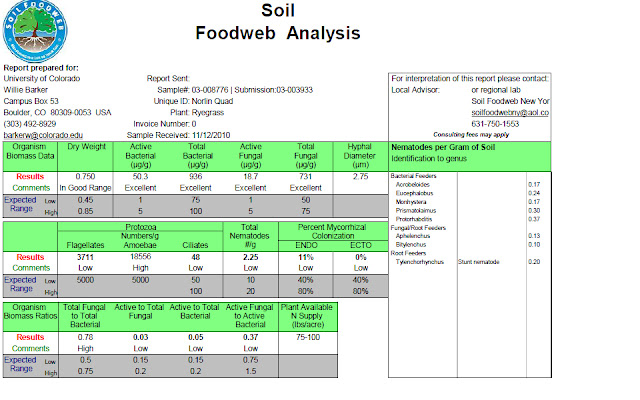In the picture above and below you will notice large chunks of bark which were blown off of the tree from the direct hit.
CU-Boulder does have lightning detection systems on campus. There are 5 stations on main campus: one on top of the recreation center, one on Franklin Field, one on the northwest corner of Farrand Field, one on the Business Field, and one on the basketball courts east of the Coors Event Center. Also there is 1 system out at Williams Village. These systems are much like any other detection system using the amount of static electricity in the air to determine when lightning strikes could be possible, once this happens there is an audible and visual alarm that starts to sound.
It was really fortunate that nobody was hurt, but as you can see in the pic, it is also really unfortunate that this one took the hit. It is a very mature White Fir and will be noticed when it is removed. We are working to take it down but with more storms in the area today our Arborists have not been able to take out our lift truck and start the removal. Safety is always first and foremost in a situation like this, so we have taken the necessary safety measures to protect the public and will begin the removal process as soon as the weather cooperates.
Ryan















